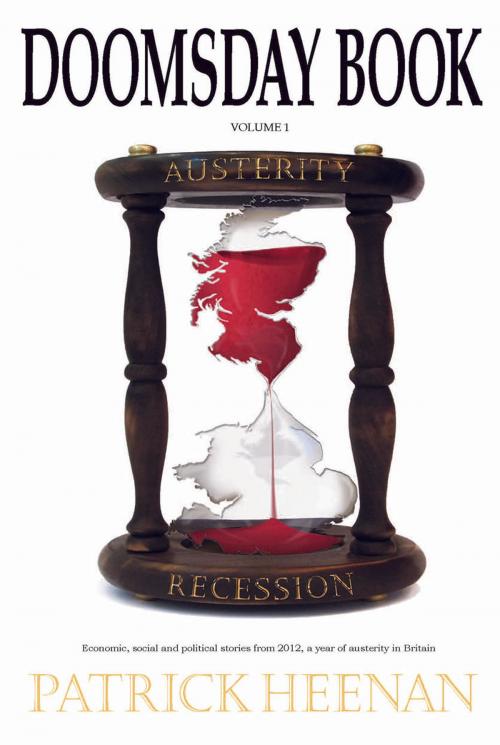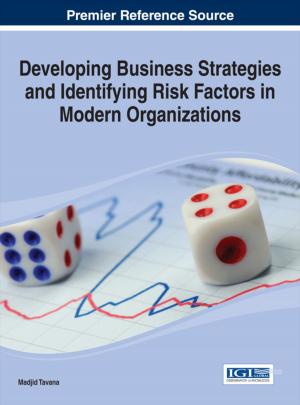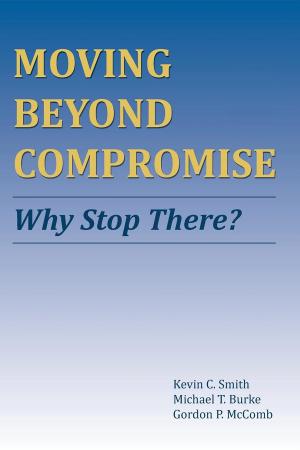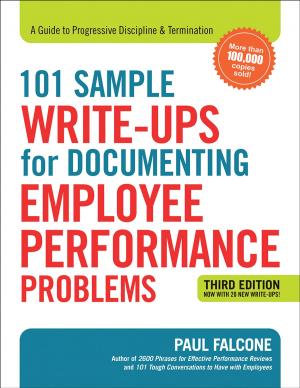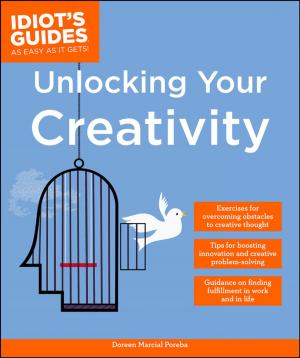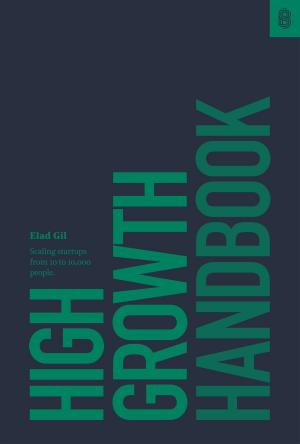Doomsday Book
Economic, social and political stories from 2012, a year of austerity in Britain
Business & Finance, Economics, Economic Conditions, Nonfiction, Social & Cultural Studies, Political Science, Government, Local Government, Management & Leadership, Decision Making & Problem Solving| Author: | Patrick Heenan | ISBN: | 1230000515047 |
| Publisher: | Patrick Heenan | Publication: | June 26, 2015 |
| Imprint: | Language: | English |
| Author: | Patrick Heenan |
| ISBN: | 1230000515047 |
| Publisher: | Patrick Heenan |
| Publication: | June 26, 2015 |
| Imprint: | |
| Language: | English |
The 2008 financial crash continues to ravage Britain’s economy and push millions into austerity while many more faced a cost of living crisis. These were only some of the events that started a new year in Britain and as the bad news continued into the year, the demise of the retail sector; thousands of job losses and cuts in welfare spending were only some of the daily stories that marked 2012 as a defining year for Britain; by which time an extra trillion or so was added to Britain’s national debt. To try to fix this, government spending had target cuts of £86 billion for the term of government and of which £11 billion of cuts was to be achieved in 2012. This permeated into the lives of millions in a number of ways such as a ‘bedroom tax’; reassessments for benefit claims; the much vaunted move to Universal Credit and the disappearance of many regional and local organizations that supported people into jobs, disabilities or with child care.
In the meantime, various scandals emerged about corporate malfeasance and fraud that was so ingrained in corporate culture, that it had become anecdotal while taxpayer funds had not only bailed out Britain’s banks; but was in effect an indirect way of funding PPI compensation. This pointed at the complete failure of regulation which was evidenced by the market fixing revelations for Libor, gold and method of setting interest rates for loans to millions of people and businesses. However bad or criminal these revelations were; no one seemed to be accountable for a complete lack of corporate governance for which executives were being paid in the millions. This contrasted in the rising numbers of people having to rely on food banks or resorting to pay-day loans just to make ends meet for day to day living.
Against the background outlined above; this ‘Doomsday’ style book surveys some of the many stories that were daily news events in Britain and that highlighted economic; social and political events that shaped the year. Economic policies appeared to be failing millions of people, especially the young which made up a higher part of Britain’s unemployed, with over one million ‘NEETS’ according to the latest data. This reminded people that austerity was almost like a government policy and in which people faced a bleak future. This caused millions to cut back on spending which kept Britain’s economy teetering on the brink of recession which the government tried to fix with Quantitative Easing, by pumping billions into the economy.
This book takes a hard-hitting review at some of the daily news stories in Britain during 2012 and is a historic archive of how Britain’s people experienced those daily events. It also takes an analytical look at some of Britain’s economic problems while encouraging readers to think about them, but not what to think. Somewhere in this book are hints at how Britain’s economy could be managed to benefit millions of people and so that capitalism works for the many, rather than the few. It also reviews a year in which people finally realised that there is cause and effect between Britain’s markets driven economy and how it affects their daily lives. It was also a year in which the tax-payer bailouts and subsidies to businesses focused on taxation and how corporate tax evasion was becoming as endemic as another form of markets rigging or corporate malfeasance.
But the year was not without hope as there were the Olympics and the Queen’s Diamond Jubilee to look forward to and these and many other stories; set the scene for a remarkable year in Britain in which people worked ever harder to keep things going. Their struggles are captured in this ‘Doomsday’ style book that revisits 1086 in many ways, like a ‘then and now’ juxtaposition that surveys and predicts through common humanity; how Britain’s human capital makes its economy and is an historic and unique record of what life in Britain is like during a year of austerity.
The 2008 financial crash continues to ravage Britain’s economy and push millions into austerity while many more faced a cost of living crisis. These were only some of the events that started a new year in Britain and as the bad news continued into the year, the demise of the retail sector; thousands of job losses and cuts in welfare spending were only some of the daily stories that marked 2012 as a defining year for Britain; by which time an extra trillion or so was added to Britain’s national debt. To try to fix this, government spending had target cuts of £86 billion for the term of government and of which £11 billion of cuts was to be achieved in 2012. This permeated into the lives of millions in a number of ways such as a ‘bedroom tax’; reassessments for benefit claims; the much vaunted move to Universal Credit and the disappearance of many regional and local organizations that supported people into jobs, disabilities or with child care.
In the meantime, various scandals emerged about corporate malfeasance and fraud that was so ingrained in corporate culture, that it had become anecdotal while taxpayer funds had not only bailed out Britain’s banks; but was in effect an indirect way of funding PPI compensation. This pointed at the complete failure of regulation which was evidenced by the market fixing revelations for Libor, gold and method of setting interest rates for loans to millions of people and businesses. However bad or criminal these revelations were; no one seemed to be accountable for a complete lack of corporate governance for which executives were being paid in the millions. This contrasted in the rising numbers of people having to rely on food banks or resorting to pay-day loans just to make ends meet for day to day living.
Against the background outlined above; this ‘Doomsday’ style book surveys some of the many stories that were daily news events in Britain and that highlighted economic; social and political events that shaped the year. Economic policies appeared to be failing millions of people, especially the young which made up a higher part of Britain’s unemployed, with over one million ‘NEETS’ according to the latest data. This reminded people that austerity was almost like a government policy and in which people faced a bleak future. This caused millions to cut back on spending which kept Britain’s economy teetering on the brink of recession which the government tried to fix with Quantitative Easing, by pumping billions into the economy.
This book takes a hard-hitting review at some of the daily news stories in Britain during 2012 and is a historic archive of how Britain’s people experienced those daily events. It also takes an analytical look at some of Britain’s economic problems while encouraging readers to think about them, but not what to think. Somewhere in this book are hints at how Britain’s economy could be managed to benefit millions of people and so that capitalism works for the many, rather than the few. It also reviews a year in which people finally realised that there is cause and effect between Britain’s markets driven economy and how it affects their daily lives. It was also a year in which the tax-payer bailouts and subsidies to businesses focused on taxation and how corporate tax evasion was becoming as endemic as another form of markets rigging or corporate malfeasance.
But the year was not without hope as there were the Olympics and the Queen’s Diamond Jubilee to look forward to and these and many other stories; set the scene for a remarkable year in Britain in which people worked ever harder to keep things going. Their struggles are captured in this ‘Doomsday’ style book that revisits 1086 in many ways, like a ‘then and now’ juxtaposition that surveys and predicts through common humanity; how Britain’s human capital makes its economy and is an historic and unique record of what life in Britain is like during a year of austerity.
